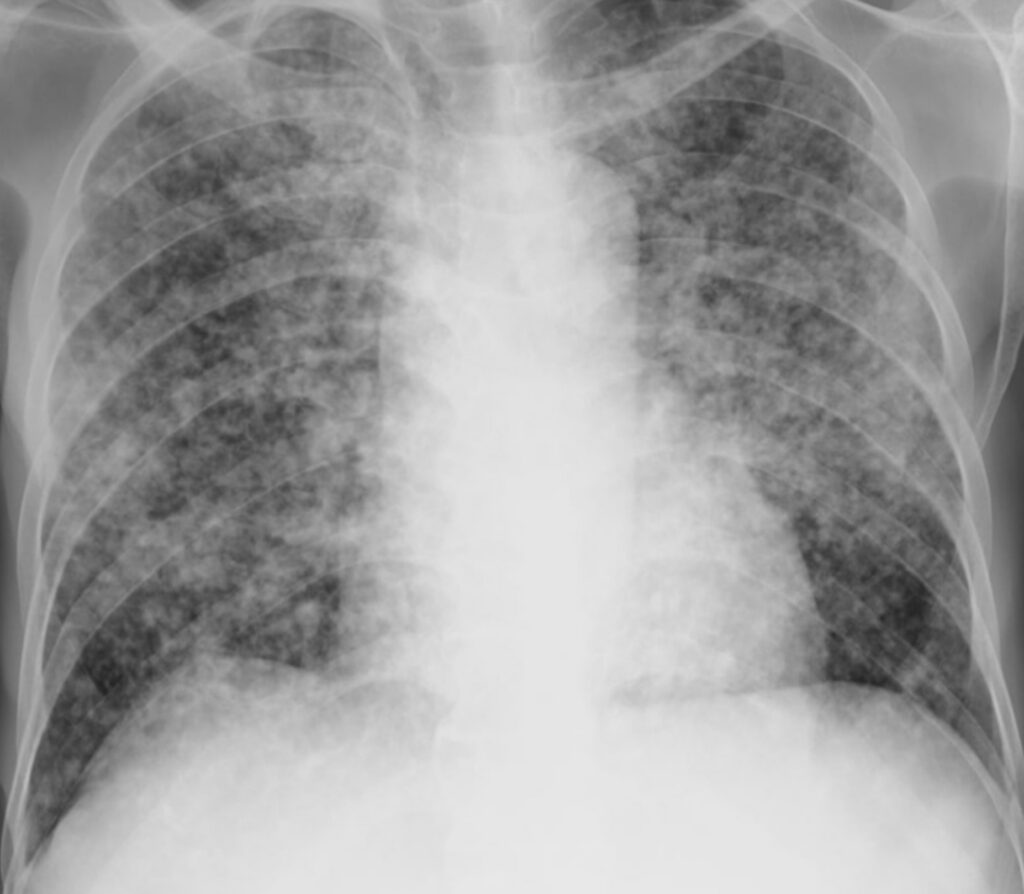Lung cancer remains the leading cause of cancer-related deaths worldwide, claiming more lives each year than breast, prostate, and colon cancers combined. Screening high-risk individuals with low-dose CT scans has been shown to reduce mortality, but the approach comes with a drawback: high false-positive rates. Many benign pulmonary nodules—small round or oval growths in the lungs—are mistakenly flagged as suspicious, leading to unnecessary procedures, heightened patient anxiety, and increased healthcare costs.A new study in Radiology reports that an artificial intelligence (AI) deep learning tool could help solve this problem. By analyzing CT scans, the algorithm more accurately distinguished between malignant and benign lung nodules, achieving high cancer detection rates while significantly reducing false positives.
“Deep learning offers promising solutions, but robust validation is essential,” said lead researcher Noa Antonissen, MD, a PhD candidate at Radboud University Medical Center in Nijmegen, the Netherlands. “AI accounts for factors that we might not even see on the CT scan to further assess a nodule as likely to be malignant.”
Current screening guidelines primarily rely on nodule size, type, and growth over time to estimate malignancy risk. One of the most widely used approaches, the Pan-Canadian Early Detection of Lung Cancer (PanCan) model, incorporates both imaging and patient characteristics to assign risk probabilities. While useful, this method has limitations, especially for small or indeterminate nodules that are neither clearly benign nor clearly malignant.
Study design and data sources
Antonissen and colleagues trained their deep learning algorithm using data from the U.S.-based National Lung Screening Trial, which included over 16,000 nodules (1,249 malignant). They then externally tested the algorithm on baseline CT scans from three major European studies: the Danish Lung Cancer Screening Trial, the Multicentric Italian Lung Detection trial, and the Dutch-Belgian NELSON trial.
The combined dataset represented 4,146 participants, mostly male (78%) with a median age of 58 and a median smoking history of 38 pack-years. Among these participants were 7,614 benign and 180 malignant nodules.
The researchers assessed algorithm performance across the full pooled cohort, as well as two particularly challenging subsets: indeterminate nodules sized 5–15 mm, and cancers carefully size-matched to benign nodules to remove size as a predictive factor.
Outperforming an established model
Results showed that the deep learning model performed as well as or better than the PanCan model across multiple measures.
- Overall cohort: The algorithm achieved areas under the receiver operating characteristic curve (AUCs) of 0.98, 0.96, and 0.94 for cancers diagnosed within one year, two years, and the entire screening period. These compared favorably with PanCan’s 0.98, 0.94, and 0.93.
- Indeterminate nodules: For the 5–15 mm group (129 malignant, 2,086 benign), the AI significantly outperformed PanCan with AUCs of 0.95, 0.94, and 0.90 versus 0.91, 0.88, and 0.86.
- Size-matched nodules: When size information was neutralized, the algorithm still showed clear advantages, achieving an AUC of 0.79 compared to PanCan’s 0.60.
One of the most striking findings was the reduction in false positives. At 100% sensitivity for cancers diagnosed within one year, the AI classified 68.1% of benign nodules as low risk, compared with 47.4% using PanCan. This represents a nearly 40% relative reduction in false-positive findings.“Accurate risk classification of indeterminate nodules could reduce unnecessary procedures,” Antonissen explained. “Deep learning algorithms can assist radiologists in deciding whether follow-up imaging is needed, but prospective validation is required to determine the clinical applicability of these tools and to guide their implementation in practice.The findings suggest that deep learning has the potential to meaningfully improve the efficiency and effectiveness of lung cancer screening. By reducing false positives while maintaining high cancer detection rates, AI could help make screening programs more feasible, cost-effective, and less burdensome for patients.As national lung cancer screening initiatives expand, the integration of advanced AI tools may represent a critical next step. “Reducing false positive results will make lung cancer screening more feasible,” Antonissen said.

